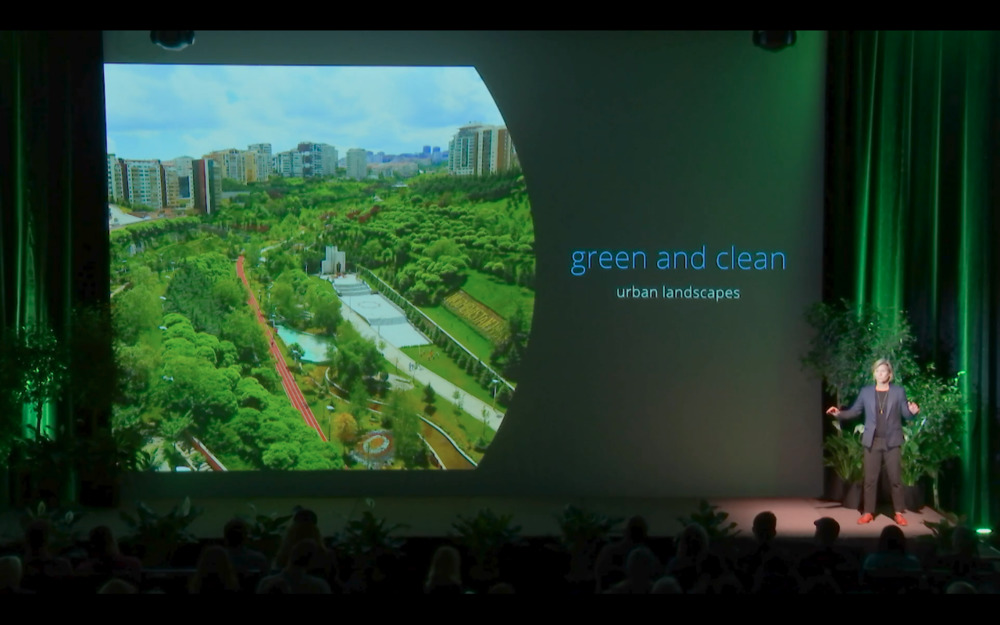Prepared for USFS Pacific Southwest Research Station.
Executive Summary
Estimates of the average annual FSP load reduction (MT/yr) for 7 stream restoration projects in the Upper Truckee River Watershed were completed using the Stream Load Reduction Tool; SLRT (2NDNATURE 2013). The SLRT generates an estimate of the average annual hydrology and FSP loading to the upstream boundary of an SEZ and quantifies the expected FSP load reduction from restoration actions as a result of increased inundation and pollutant retention on the floodplain and reduced bank erosion. Three of the restoration efforts had been implemented by the time of this analysis (2013) and 4 are in the planning or design phase. Data necessary to represent the previous or planned SEZ conditions were obtained from coordination with project managers, project proponents and other available sources. Existing conditions were obtained by geomorphic field surveys in 2013. The estimated FSP load reductions and cost‐ effectiveness ($/lb of FSP) varied across projects, with the UTR Middle Reach and UTR Sunset 5 projects expected to be the most cost‐effective in terms of FSP load reductions, particularly due to the significant increase in floodplain inundation and retention expected by these projects. Cumulatively, a potential 105 MT/yr of FSP may be reduced from the Upper Truckee River (≈ 20% reduction in the total average annual FSP load) if all of these restoration projects are implemented and respond as modeled. A simple accounting method was developed to estimate the urban fraction of the average annual FSP load reduction provided by each restoration effort. We create and implement a relatively simple method to estimate the fraction of the total FSP load reductions that are derived from urban lands within each of the catchments. While the cost effectiveness of SEZ restoration actions to achieve pollutant load reductions varied across projects, this analysis does suggest that SEZ restoration is another valid and cost‐effective tool in the pollutant load reduction opportunity toolbox for Tahoe Basin managers to reduce pollutant loads to Lake Tahoe.
Download PDF


